 The linked article below, by Evan Davis, assesses the state of economics. He argues that economics has had some major successes over the years in providing a framework for understanding how economies function and how to increase incomes and well-being more generally.
The linked article below, by Evan Davis, assesses the state of economics. He argues that economics has had some major successes over the years in providing a framework for understanding how economies function and how to increase incomes and well-being more generally.
Over the last few decades, economists have …had an influence over every aspect of our lives. …And during this era in which economists have reigned, the world has notched up some marked successes. The reduction in the proportion of human beings living in abject poverty over the last thirty years has been extraordinary.
With the development of concepts such as opportunity cost, the prisoners’ dilemma, comparative advantage and the paradox of thrift, economics has helped to shape the way policymakers perceive economic issues and policies.
These concepts are ‘threshold concepts’. Understanding and being able to relate and apply these core economic concepts helps you to ‘think like an economist’ and to relate the different parts of the subject to each other. Both Economics (10th edition) and Essentials of Economics (8th edition) examine 15 of these threshold concepts. Each time a threshold concept is used in the text, a ‘TC’ icon appears in the margin with the appropriate number. By locating them in this way, you can see their use in a variety of contexts.
But despite the insights provided by traditional economics into the various problems that society faces, the discipline of economics has faced criticism, especially since the financial crisis, which most economists did not foresee.
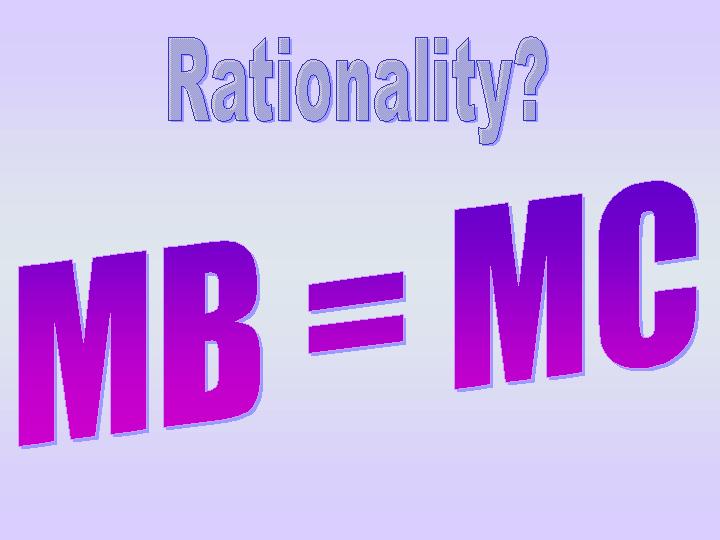 Even Davis identifies two major shortcomings of the discipline – both beginning with ‘C’. ‘One is complexity, the other is community.’
Even Davis identifies two major shortcomings of the discipline – both beginning with ‘C’. ‘One is complexity, the other is community.’
In terms of complexity, the criticism is that economic models are often based on simplistic assumptions, such as ‘rational maximising behaviour’. This might make it easier to express the models mathematically, but mathematical elegance does not necessarily translate into predictive accuracy. Such models do not capture the ‘messiness’ of the real world.
These models have a certain theoretical elegance but there is now an increasing sense that economies do not evolve along a well-defined mathematical path, but in a far more messy way. The individual players within the economy face radical uncertainty; they adapt and learn as they go; they watch what everybody else does. The economy stumbles along in a process of slow discovery, full of feedback loops.
As far as ‘community’ is concerned, people do not just act as self-interested individuals. Their actions are often governed by how other people behave and also by how their own actions will affect other people, such as family, friends, colleagues or society more generally.
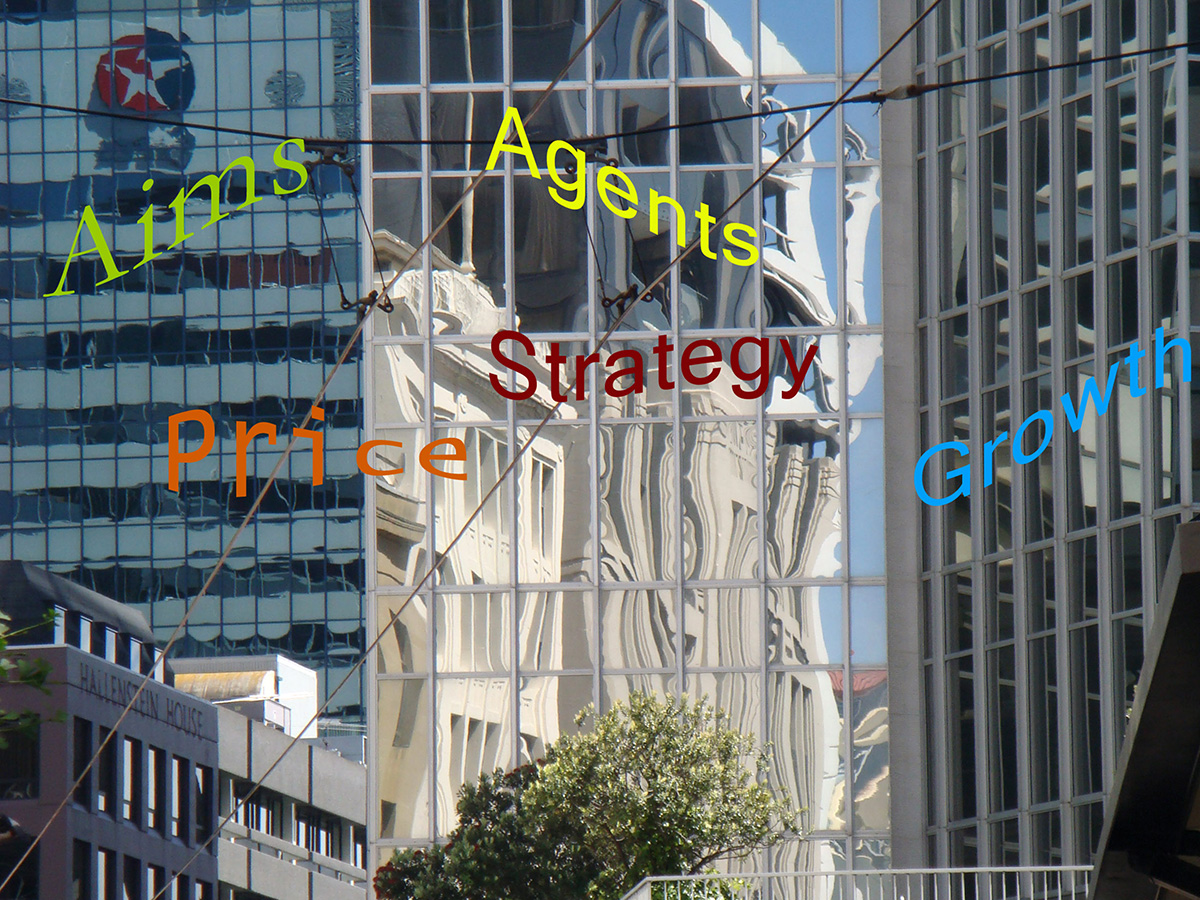 And the same applies to firms. They will be influenced by various other firms, such as competitors, trend setters and suppliers and also by a range of stakeholders – not just shareholders, but also workers, customers, local communities, etc. A firm’s aim is thus unlikely to be simple short-term profit maximisation.
And the same applies to firms. They will be influenced by various other firms, such as competitors, trend setters and suppliers and also by a range of stakeholders – not just shareholders, but also workers, customers, local communities, etc. A firm’s aim is thus unlikely to be simple short-term profit maximisation.
And this broader set of interests translates into policy. The neoliberal free-market, laissez-faire approach to policy is challenged by the desire to take account of broader questions of equity, community and social justice. However privately efficient a free market is, it does not take account of the full social and environmental costs and benefits of firms’ and consumers’ actions or a fair distribution of income and wealth.
It would be wrong, however, to say that economics has not responded to these complexities and concerns. The analysis of externalities, income distribution, incentives, herd behaviour, uncertainty, speculation, cumulative causation and institutional values and biases are increasingly embedded in the economics curriculum and in economic research. What is more, behavioural economics is becoming increasingly mainstream in examining the behaviour of consumers, workers, firms and government. We have tried to reflect these developments in successive editions of our four textbooks.
Article
Questions
- Write a brief defence of traditional economic analysis (i.e. that based on the assumption of ‘rational economic behaviour’).
- What are the shortcomings of traditional economic analysis?
- What is meant by ‘behavioural economics’ and how does it address the concerns raised in Evan Davis’ article?
- How is herd behaviour relevant to explaining macroeconomic fluctuations?
- Identify various stakeholder groups of an energy company. What influence are they likely to have on the company’s behaviour?
- In an era of social media, web-based information and e-commerce, why might it be necessary to rethink the concept of GDP and its measurement?
- What is meant by an efficient stock market? Why may the stock market not be efficient?
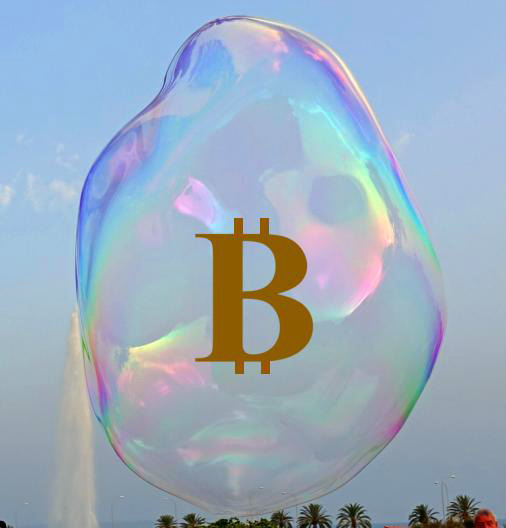 Today’s title is inspired from the British Special Air Service (SAS) famous catchphrase, ‘Who Dares Wins’ – similar variations of which have been adopted by several elite army units around the world. The motto is often credited to the founder of the SAS, Sir David Stirling (although similar phrases can be traced back to ancient Rome – including ‘qui audet adipiscitur’, which is Latin for ‘who dares wins’). The motto was used to inspire and remind soldiers that to successfully accomplish difficult missions, one has to take risks (Geraghty, 1980).
Today’s title is inspired from the British Special Air Service (SAS) famous catchphrase, ‘Who Dares Wins’ – similar variations of which have been adopted by several elite army units around the world. The motto is often credited to the founder of the SAS, Sir David Stirling (although similar phrases can be traced back to ancient Rome – including ‘qui audet adipiscitur’, which is Latin for ‘who dares wins’). The motto was used to inspire and remind soldiers that to successfully accomplish difficult missions, one has to take risks (Geraghty, 1980).
In the world of economics and finance, the concept of risk is endemic to investments and to making decisions in an uncertain world. The ‘no free lunch’ principle in finance, for instance, asserts that it is not possible to achieve exceptional returns over the long term without accepting substantial risk (Schachermayer, 2008).
 Undoubtedly, one of the riskiest investment instruments you can currently get your hands on is cryptocurrencies. The most well-known of them is Bitcoin (BTC), and its price has varied spectacularly over the past ten years – more than any other asset I have laid my eyes on in my lifetime.
Undoubtedly, one of the riskiest investment instruments you can currently get your hands on is cryptocurrencies. The most well-known of them is Bitcoin (BTC), and its price has varied spectacularly over the past ten years – more than any other asset I have laid my eyes on in my lifetime.
The first published exchange rate of BTC against the US dollar dates back to 5 October 2009 and it shows $1 to be exchangeable for 1309.03 BTC. On 15 December 2017, 1 BTC was traded for $17,900. But then, a year later the exchange rate was down to just over $1 = $3,500. Now, if this is not volatility I don’t know what is!
In such a market, wouldn’t it be wonderful if you could somehow predict changes in market sentiment and volatility trends? In a hot-off-the press article, Shen et al (2019) assert that it may be possible to predict changes in trading volumes and realised volatility of BTC by using the number of BTC-related tweets as a measure of attention. The authors source Twitter data on Bitcoin from BitInfoCharts.com and tick data from Bitstamp, one of the most popular and liquid BTC exchanges, over the period 4/9/2014 to 31/8/2018.
According to the authors:
This measure of investor attention should be more informed than that of Google Trends and therefore may reflect the attention Bitcoin is receiving from more informed investors. We find that the volume of tweets are significant drivers of realised [price] volatility (RV) and trading volume, which is supported by linear and nonlinear Granger causality tests.
They find that, according to Granger causality tests, for the period from 4/9/2014 to 8/10/2017, past days’ tweeting activity influences (or at least forecasts) trading volume. While from 9/10/2017 to 31/8/2018, previous tweets are significant drivers/forecasters of not only trading volume but also realised price volatility.
And before you reach out for your smartphone, let me clarify that, although previous days’ tweets are found in this paper to be good predictors of realised price volatility and trading volume, they have no significant effect on the returns of Bitcoin.
Article
References
Questions
- Explain how the number of tweets can be used to gauge investors’ intentions and how it can be linked to changes in trading volume.
- Using Google Scholar, make a list of articles that have used Twitter and Google Trends to predict returns, volatility and trading volume in financial markets. Present and discuss your findings.
- Would you invest in Bitcoin? Why yes? Why no?
 One of the key developments in economics in recent years has been the growing influence of behavioural economics. We considered some of the insights of behavioural economics in a blog in 2016 (A nudge in the right direction?). As the post stated, ‘Behavioural economists study how people’s buying, selling and other behaviour responds to various incentives and social situations. They don’t accept the simplistic notion that people are always rational maximisers.’ The post quoted from a Livemint article (see first linked article below):
One of the key developments in economics in recent years has been the growing influence of behavioural economics. We considered some of the insights of behavioural economics in a blog in 2016 (A nudge in the right direction?). As the post stated, ‘Behavioural economists study how people’s buying, selling and other behaviour responds to various incentives and social situations. They don’t accept the simplistic notion that people are always rational maximisers.’ The post quoted from a Livemint article (see first linked article below):
According to behavioural economists, the human brain neither has the time nor the ability to process all the information involved in decision making, as assumed by the rational model.
Instead, people use heuristics. A heuristic technique is any approach to problem-solving, such as deciding what to buy, which is practical and sufficient for the purpose, but not necessarily optimal. For example, people may resort to making the best guess, or to drawing on past experiences of similar choices that turned out to be good or bad. On other accasions, when people are likely to face similar choices in the future, they resort to trial and error. They try a product. If they like it, they buy it again; if not, they don’t.
On other occasions, they may use various rules of thumb: buying what their friends do, or buying products on offer or buying trusted brands. These rules of thumb can lead to estimates that are reasonably close to the utility people will actually get and can save on time and effort. However, they sometimes lead to systematic and predictable misjudgements about the likelihood of certain events occurring.
In traditional models of consumer choice, individuals aim to maximise their utility when choosing between goods, or bundles of goods. The context in which the choices are offered is not considered.
Yet, in real life, we see that context is important; people will often make different choices when they are presented, or framed, in different ways. For example, people will buy more of a good when it is flagged up as a special offer than they would if there is no mention of an offer, even though the price is the same.
 The recognition that framing is important to choices has led to the development of nudge theory. Indeed, it underpins many marketing techniques. These seek to persuade people to make a particular choice by framing it in an optimistic way or presenting it in a way that makes it easy to decide.
The recognition that framing is important to choices has led to the development of nudge theory. Indeed, it underpins many marketing techniques. These seek to persuade people to make a particular choice by framing it in an optimistic way or presenting it in a way that makes it easy to decide.
Governments too use nudge theory. In the UK, the Coalition government (2010–15) established the Behavioural Insights Team (BIT) (also unofficially known as the Nudge Unit) in the Cabinet Office in 2010. A major objective of this team is to use ideas from behavioural economics to design policies that enable people to make better choices for themselves.
The podcast linked below, looks at the use of nudge theory. The presenter, Mary Ann Sieghart looks at how we are being encouraged to change our behaviour. She also looks at the work of UCL’s Love Lab which researches the way we make decisions. As the programme notes state:
Mary Ann is grilled in UCL’s Love Lab to find out how she makes decisions; she finds taking the pound signs off the menu in a restaurant encourages her spend more and adding adjectives to the food really makes it taste better.
Walking through the Nudge Unit, she hears how powerful a tiny tweak on a form or text can get be, from getting people back to work to creating a more diverse police force. Popular with the political left and right, it has been embraced around the world; from Guatemala to Rwanda, Singapore to India it is used to reduce energy consumption, encourage organ donation, combat corruption and even stop civil wars.
But the podcast also looks at some of the darker sides of nudging. Just as we can be nudged into doing things in our interests, so too we can be nudged to do things that are not so. Politicians and businesses may seek to manipulate people to get them to behave in ways that suit the government or the business, rather than the electorate or the consumer. The dark arts of persuasion are also something that behavioural economists study.
The articles below explore some of the areas where nudge theory is used to devise policy to influence our behaviour – for good or bad.
Podcast
Video
Articles
- New frontiers of human behaviour
Livemint, Biju Dominic (15/9/16)
- It’s been 10 years since behavioral economics hit the mainstream
Quartz, Dan Kopf (13/10/18)
- What is ‘nudge theory’ and why should we care? Explaining Richard Thaler’s Nobel economics prize-winning concept
Independent, Ben Chu (9/10/17)
- Is Nudge Theory The Answer To Our Single-Use Plastics Problem?
HuffPost, Ollie Boesen (15/6/18)
- Re-enrolment key to ‘nudge’ UK into saving: survey
Investment and Pensions Europe Magazine (IPE), Elizabeth Pfeuti (22/10/18)
- Applying nudge strategies to higher education
Times Higher Education, Ben Castleman (6/7/18)
- Want to nudge others to install solar? Actions speak louder than words
Phys.org, Kevin Dennehy (25/10/18)
- DNA test and phone app to ‘nudge’ Waitrose shoppers towards healthier food
Imperial College London News, Caroline Brogan (12/10/18)
- “Nudge theory” explored to boost medication adherence
AMA Wire, Sara Berg (29/6/18)
- Simple ‘nudge’ letters can boost school attendance, new research suggests
The Seattle Times, Neal Morton (5/7/18)
- Using Behavioral Nudges to Treat Diabetes
Harvard Business Review, Thomas H. Davenport, James Guszcza and Greg Szwartz (10/10/18)
- Why nudge theory works until a kick in the backside is needed.
The Guardian, Andrew Rawnsley (22/10/17)
- Why Nudging Your Customers Can Backfire
Harvard Business Review, Utpal M. Dholakia (15/4/16)
Questions
- Explain what are meant by ‘bounded rationality’ and ‘heuristics’.
- How may populist politicians use nudge theory in their campaigning?
- Give some examples from your own behaviour of decisions made using rules of thumb.
- Should we abandon models based on the assumption of rational maximising behaviour (e.g. attempts to maximise consumer surplus or to maximise profit)?
- Find out some other examples of how people might be nudged to behave in ways that are in their own interest or that of society.
- How might we be nudged into using less plastic?
- How might people be nudged to eat more healthily or to give up smoking?
- To what extent can financial incentives, such as taxes, fines, grants or subsidies be regarded as nudging? Explain.
- Would you advise all GP surgeries and hospital outpatient departments to text reminders to people about appointments? What should such reminders say? Explain.
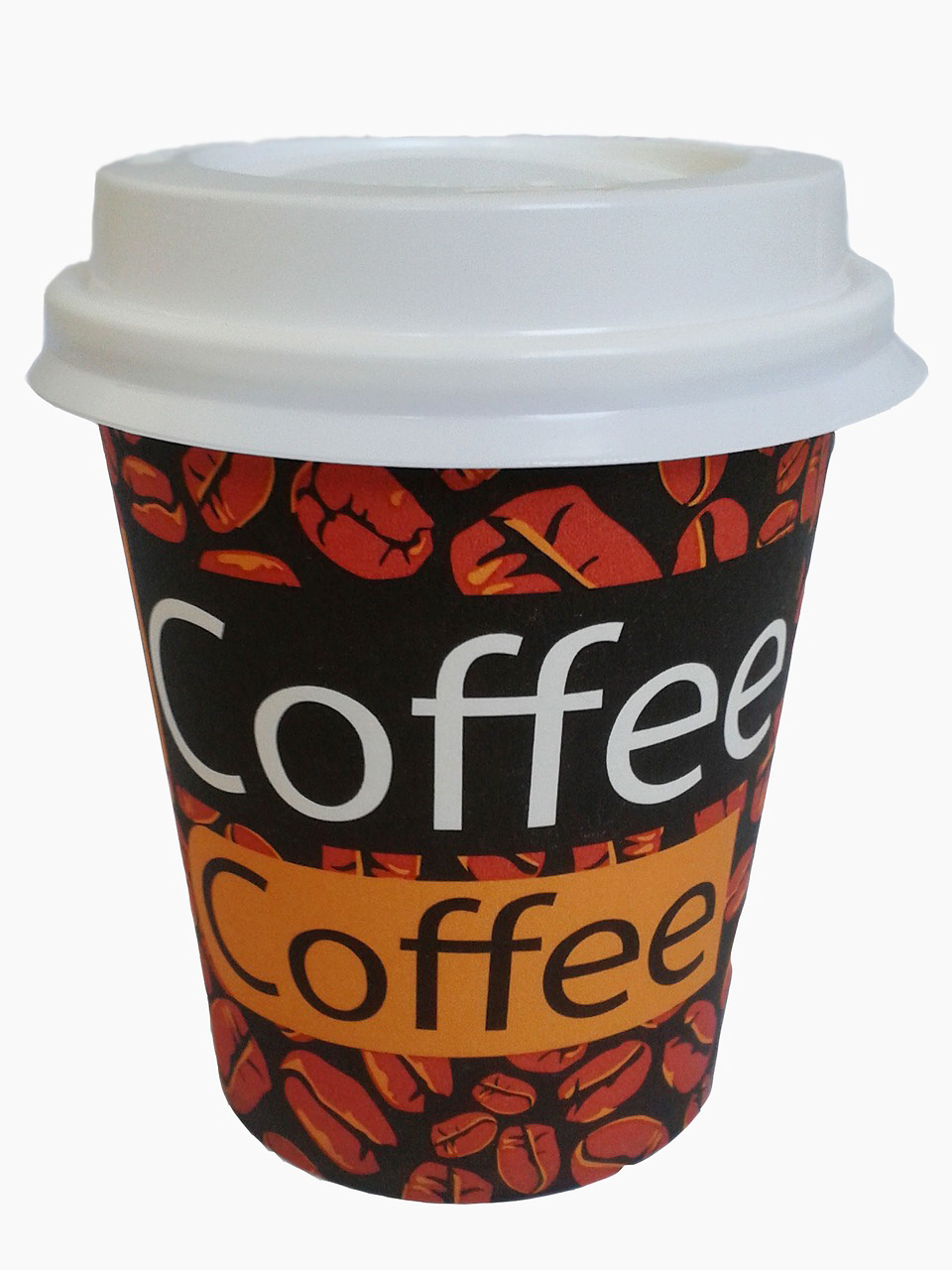 Coffee chain Starbucks announced last week that it is trialling the introduction a 5p charge for takeaway cups. The proceeds will be donated to environmental charity Hubbub. Starbucks is the first UK coffee chain to make such a move and it hopes that the charge will reduce the use of disposable cups.
Coffee chain Starbucks announced last week that it is trialling the introduction a 5p charge for takeaway cups. The proceeds will be donated to environmental charity Hubbub. Starbucks is the first UK coffee chain to make such a move and it hopes that the charge will reduce the use of disposable cups.
Perhaps unwittingly, Starbucks appears to have based its trial on important insights from behavioural economics and this may significantly increase the likelihood that it is successful.
Behavioural economics was thrown into the spotlight last year when one of its leading advocates, Richard Thaler, was awarded the Nobel prize in Economics. However, two of Thaler’s mentors, Amos Tversky and Daniel Kahneman, sowed the seeds for the field of behavioural economics. Most notably, in one of the most cited papers in economics, in 1979 they published a ground breaking alternative to the standard model of consumer choice.
One of the key insights from their model, known as prospect theory, is that rather than simply being concerned with their overall level of wealth, individuals care about gains and losses in wealth relative to a reference point. Furthermore, individuals are loss averse – a loss hurts about twice as much as an equivalent gain makes them feel good.
 So how does this help to predict how consumers will react to Starbucks’ trial? Well, crucially, Starbucks is increasing the price of coffee in a takeaway cup. Prospect theory predicts that consumers will see this as a loss relative to the pre-trial price, which serves as a reference point. Since this hurts them a lot, they will be likely to take measures to avoid the levy. In support of this, research undertaken by Starbucks shows that 48% of consumers asked said that they would definitely carry a reusable cup to avoid paying the extra 5p.
So how does this help to predict how consumers will react to Starbucks’ trial? Well, crucially, Starbucks is increasing the price of coffee in a takeaway cup. Prospect theory predicts that consumers will see this as a loss relative to the pre-trial price, which serves as a reference point. Since this hurts them a lot, they will be likely to take measures to avoid the levy. In support of this, research undertaken by Starbucks shows that 48% of consumers asked said that they would definitely carry a reusable cup to avoid paying the extra 5p.
As the company’s vice-president of communications, Simon Redfern, made clear, this would be in stark contrast to Starbucks’ previous attempts to reduce waste:
We’ve offered a reusable cup discount for 20 years, with only 1.8% of customers currently taking up this offer.
Furthermore, in 2016 they even experimented with increasing the discount from 25p to 50p. However, the impact on consumer behaviour remained low. Again, this evidence is entirely consistent with prospect theory. If consumers view the discounted price as a gain relative to their reference point, while they would feel some benefit from saving money, this would be felt much less than the equivalent loss would be.
Therefore, it seems likely that introducing a charge for takeaway cups will prove a much better way to reduce waste. More generally, this example demonstrates that the significant insights which prospect and other behavioural theories provide should be taken into account when trying to intervene to influence consumer behaviour in markets.
Articles
Questions
- How do you think rivals might respond to Starbuck’s strategy?
- Are there any other strategies Starbuck’s might pursue to help reduce the use of disposable cups?
- Can you think of any other situations in which individuals exhibit loss aversion?
 Each year for the past 60 years, the ONS has published ‘Family Spending’, which ‘gives an insight into the spending habits of UK households, broken down by household characteristics and types of spending’. The latest issue, covering the financial year ending 2017, has just been released.
Each year for the past 60 years, the ONS has published ‘Family Spending’, which ‘gives an insight into the spending habits of UK households, broken down by household characteristics and types of spending’. The latest issue, covering the financial year ending 2017, has just been released.
To mark the 60th anniversary, the ONS has also published a blog, Celebrating 60 years of Family Spending, which compares spending patterns in 2017 with those in 1957. The blog looks at the percentage of the family budget spent on various categories, such as food, clothing, housing, tobacco and alcohol. Some of the percentages have changed dramatically over the years; others have hardly changed at all.
Before you read on, of the six categories mentioned above, which do you think have increased, which fallen and which stayed the same? What is your reasoning?
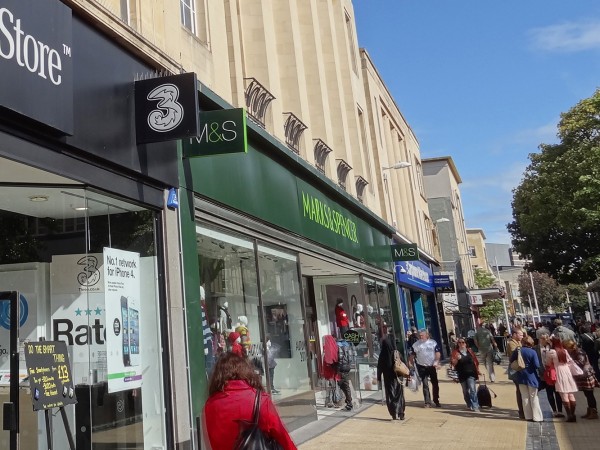 Differences in patterns of consumption partly reflect incomes. In 1957, real household income was £381 in today’s prices; today it’s £544 (43% more). You would expect, therefore, that a greater proportion of household incomes today would be spent on more luxurious goods, with a higher income elasticity of demand.
Differences in patterns of consumption partly reflect incomes. In 1957, real household income was £381 in today’s prices; today it’s £544 (43% more). You would expect, therefore, that a greater proportion of household incomes today would be spent on more luxurious goods, with a higher income elasticity of demand.
Other changes in consumption patterns reflect changes in tastes and attitudes. Thus there has been a huge fall in the proportion of household income spent on tobacco – down from 6% in 1957 to 1% in 2017.
 Three of the biggest changes over the 60 years have been in housing costs, food and clothing. Housing costs (rent, mortgage interest, council tax, maintenance and home repairs) have doubled from around 9% to around 18% (although they were around 20% before the huge fall in interest rates following the financial crisis of 2007–8). Expenditure on food, by contrast, has fallen – from around 33% to around 16%. Expenditure on clothing has also fallen, from around 10% to around 5%.
Three of the biggest changes over the 60 years have been in housing costs, food and clothing. Housing costs (rent, mortgage interest, council tax, maintenance and home repairs) have doubled from around 9% to around 18% (although they were around 20% before the huge fall in interest rates following the financial crisis of 2007–8). Expenditure on food, by contrast, has fallen – from around 33% to around 16%. Expenditure on clothing has also fallen, from around 10% to around 5%.
Expenditure on alcohol, on the other hand, having risen somewhat in the 1970s and 80s, is roughly the same today as it was 60 years ago, at around 3% of household expenditure.
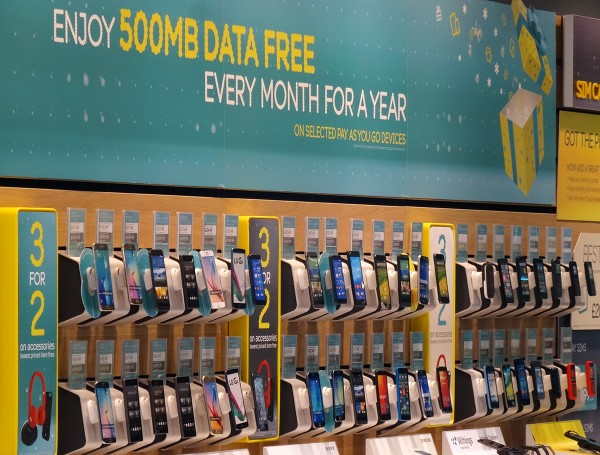 Some of the explanations for these changing patterns can be found on the supply side – changing costs of production, new technologies and competition; others can be found on the demand side – changes in tastes and changes in incomes. Some goods and services which we use today, such as computers, mobile phones, many other electrical goods, high-tech gyms and social media were simply not available 60 years ago.
Some of the explanations for these changing patterns can be found on the supply side – changing costs of production, new technologies and competition; others can be found on the demand side – changes in tastes and changes in incomes. Some goods and services which we use today, such as computers, mobile phones, many other electrical goods, high-tech gyms and social media were simply not available 60 years ago.
Articles
Celebrating 60 years of Family Spending ONS blog, Joanna Bulman (18/1/18)
How did households budget in 1957? BBC News, Simon Gompertz (18/1/18)
Rising burden of housing costs shown by 60-year UK spending survey Financial Times, Gemma Tetlow (18/1/18)
Data
Family spending in the UK: financial year ending 2017 ONS Statistical Bulletin (18/1/18)
All data related to Family spending in the UK: financial year ending 2017 ONS datasets (18/1/18)
Questions
- Why has expenditure on housing increased so much as a proportion of household expenditure? What underlying factors help to explain this?
- Why has expenditure on food fallen as a proportion of household expenditure? Are the explanations on both the demand and supply sides?
- What has happened to the proportion of expenditure going on leisure goods and services? Explain.
- What factors affect the proportion of expenditure going on motoring?
- Of the broad categories of expenditure considered in this blog, which would you expect to increase, which to decrease and which to stay roughly the same over the coming 10 years? Why?
- If expenditure on a particualar good falls as a percentage of total expenditure as income rises, does this make it an inferior good? Explain.
 The linked article below, by Evan Davis, assesses the state of economics. He argues that economics has had some major successes over the years in providing a framework for understanding how economies function and how to increase incomes and well-being more generally.
The linked article below, by Evan Davis, assesses the state of economics. He argues that economics has had some major successes over the years in providing a framework for understanding how economies function and how to increase incomes and well-being more generally.  Even Davis identifies two major shortcomings of the discipline – both beginning with ‘C’. ‘One is complexity, the other is community.’
Even Davis identifies two major shortcomings of the discipline – both beginning with ‘C’. ‘One is complexity, the other is community.’ And the same applies to firms. They will be influenced by various other firms, such as competitors, trend setters and suppliers and also by a range of stakeholders – not just shareholders, but also workers, customers, local communities, etc. A firm’s aim is thus unlikely to be simple short-term profit maximisation.
And the same applies to firms. They will be influenced by various other firms, such as competitors, trend setters and suppliers and also by a range of stakeholders – not just shareholders, but also workers, customers, local communities, etc. A firm’s aim is thus unlikely to be simple short-term profit maximisation. Today’s title is inspired from the British Special Air Service (SAS) famous catchphrase, ‘Who Dares Wins’ – similar variations of which have been adopted by several elite army units around the world. The motto is often credited to the founder of the SAS, Sir David Stirling (although similar phrases can be traced back to ancient Rome – including ‘qui audet adipiscitur’, which is Latin for ‘who dares wins’). The motto was used to inspire and remind soldiers that to successfully accomplish difficult missions, one has to take risks (Geraghty, 1980).
Today’s title is inspired from the British Special Air Service (SAS) famous catchphrase, ‘Who Dares Wins’ – similar variations of which have been adopted by several elite army units around the world. The motto is often credited to the founder of the SAS, Sir David Stirling (although similar phrases can be traced back to ancient Rome – including ‘qui audet adipiscitur’, which is Latin for ‘who dares wins’). The motto was used to inspire and remind soldiers that to successfully accomplish difficult missions, one has to take risks (Geraghty, 1980). Undoubtedly, one of the riskiest investment instruments you can currently get your hands on is cryptocurrencies. The most well-known of them is Bitcoin (BTC), and its price has varied spectacularly over the past ten years – more than any other asset I have laid my eyes on in my lifetime.
Undoubtedly, one of the riskiest investment instruments you can currently get your hands on is cryptocurrencies. The most well-known of them is Bitcoin (BTC), and its price has varied spectacularly over the past ten years – more than any other asset I have laid my eyes on in my lifetime.  The recognition that framing is important to choices has led to the development of nudge theory. Indeed, it underpins many marketing techniques. These seek to persuade people to make a particular choice by framing it in an optimistic way or presenting it in a way that makes it easy to decide.
The recognition that framing is important to choices has led to the development of nudge theory. Indeed, it underpins many marketing techniques. These seek to persuade people to make a particular choice by framing it in an optimistic way or presenting it in a way that makes it easy to decide.
 Coffee chain Starbucks
Coffee chain Starbucks  So how does this help to predict how consumers will react to Starbucks’ trial? Well, crucially, Starbucks is increasing the price of coffee in a takeaway cup. Prospect theory predicts that consumers will see this as a loss relative to the pre-trial price, which serves as a reference point. Since this hurts them a lot, they will be likely to take measures to avoid the levy. In support of this,
So how does this help to predict how consumers will react to Starbucks’ trial? Well, crucially, Starbucks is increasing the price of coffee in a takeaway cup. Prospect theory predicts that consumers will see this as a loss relative to the pre-trial price, which serves as a reference point. Since this hurts them a lot, they will be likely to take measures to avoid the levy. In support of this, 


